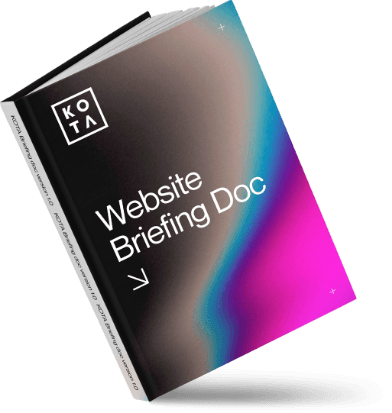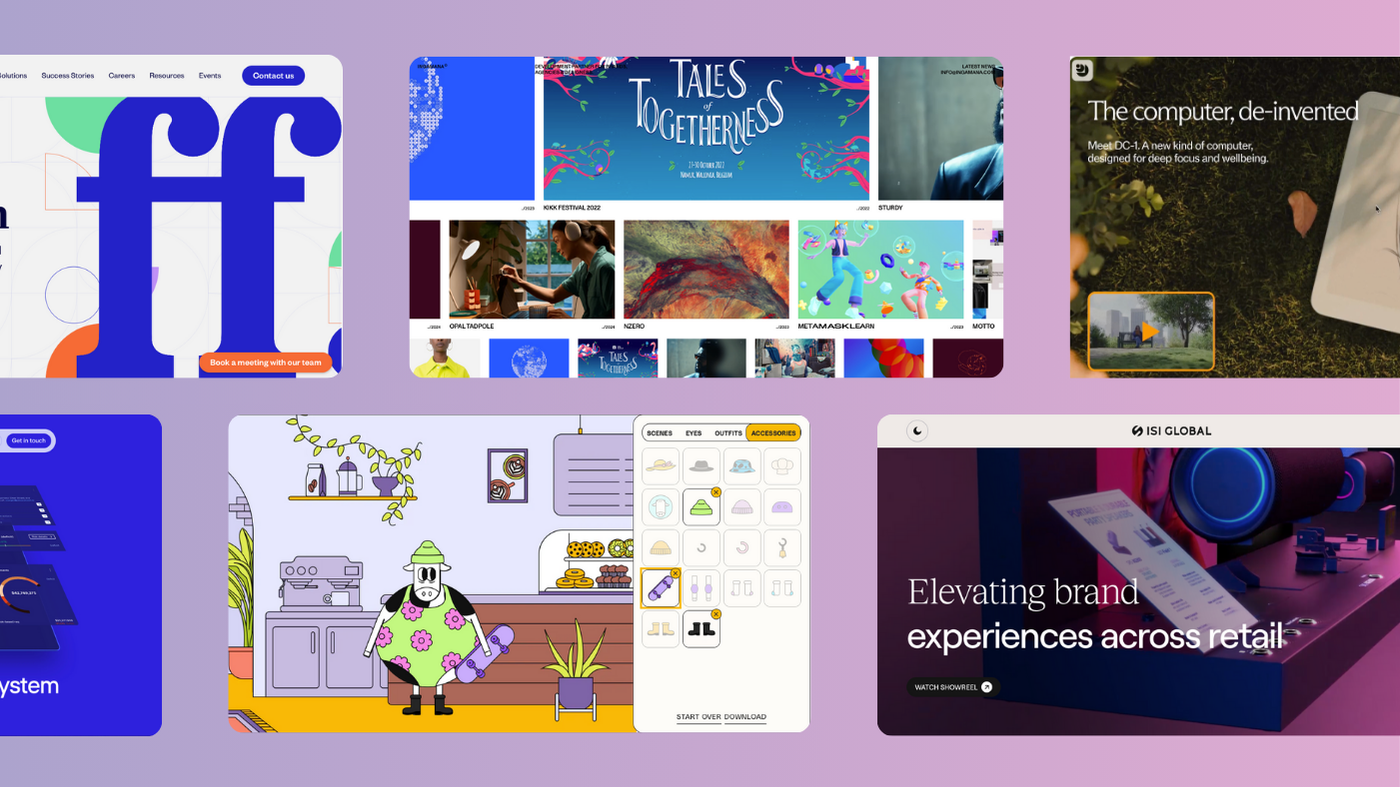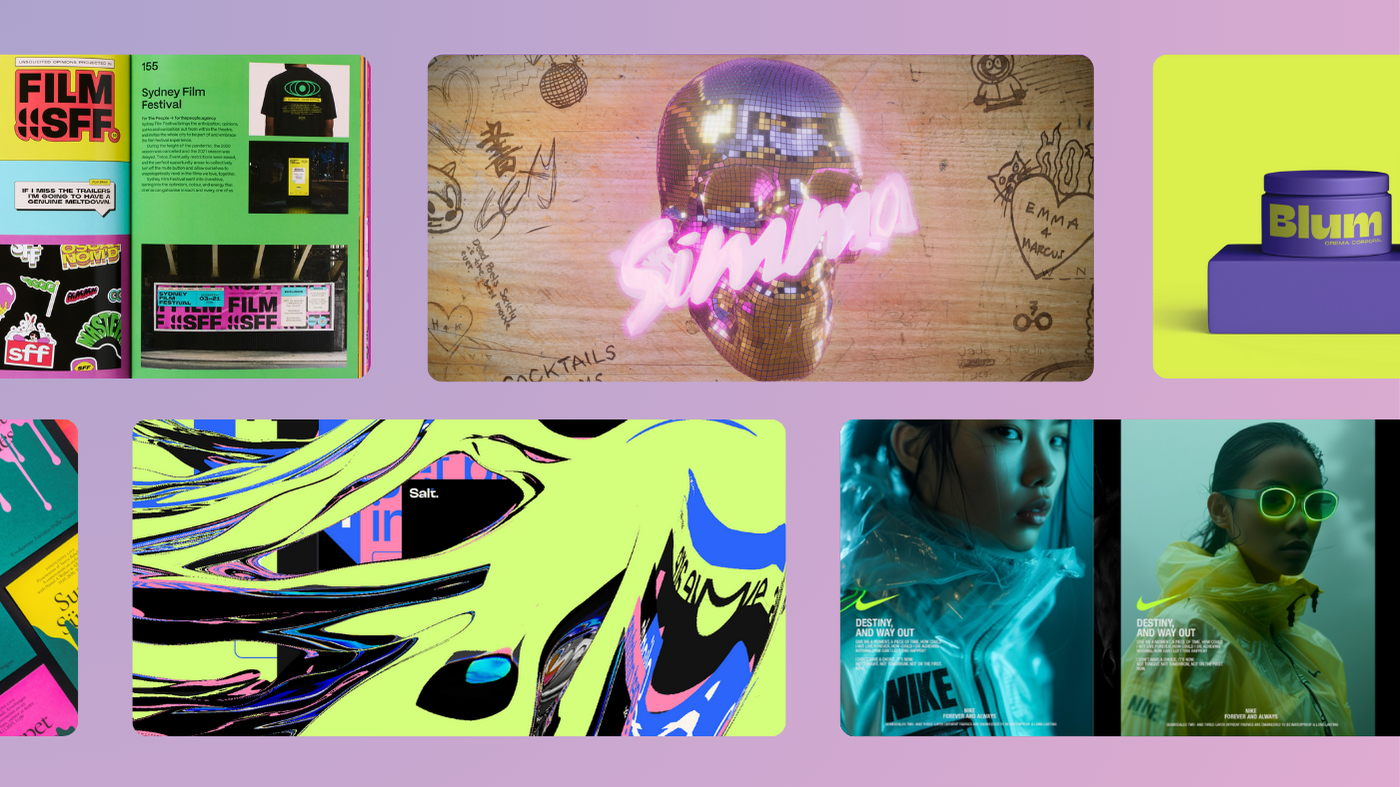Brand-First vs Dev-First: What actually sets KOTA apart (and why it matters)

When you’re looking at agencies, the names start to blur. Some are branding heavyweights. Others lead with engineering. Then there are dev-first shops who’ll tell you they can build anything.
So how do you decide? And more importantly — how do you make sure you don’t end up with a technically sound site that feels like everyone else’s, or a beautiful rebrand that collapses the second you try to scale it?
At KOTA, we call our approach brand-to-build — a model where brand strategy, design, and engineering work as one. Because the projects that stand the test of time are the ones where brand and build are designed together.
What “brand-first” actually means (and why it matters for your website)
Brand-first means starting every digital project with narrative, positioning, and audience insight before touching code.
A brand-first agency doesn’t start with templates or features. It starts with you. Who you are. What you stand for. The audiences you need to win over. The story that makes you stand apart from the other tabs your customers have open.
Every decision — from visual identity and motion language to component systems and CMS setup — is designed to reinforce that story.
The outcome: a website that feels different because it’s built from your brand outward, not engineered inward.
A brand-to-build process like KOTA’s delivers measurable impact:
- Differentiation in crowded markets
- Scalability across products, services, or new regions
- Empowerment for your internal team via intuitive CMS tools
- Performance gains in engagement and conversion.
Brand-first vs dev-first: choosing the right agency model for your business
Both models have merit — but they start from very different places.
| Approach | starts with | Strengths | Risks |
|---|---|---|---|
| Brand-first | Narrative, positioning, identity | Creates strong differentiation and emotional connection | Needs solid in-house engineering to scale |
| Dev-first | Code, frameworks, performance | Fast, technically reliable builds | Can feel generic or disconnected from brand story |
- A dev-first agency focuses on infrastructure, code, and speed — then adds branding later.
- A brand-first agency starts with the why: positioning, messaging, and story. Every visual and technical decision flows from that strategy.
At KOTA, our brand-to-build model fuses the two. Strategy, identity, and engineering work as one system — so your creative concept scales seamlessly from pitch deck to live site. Over the past decade, we”ve launched award-winning sites for clients like UPP, Bipsync, and The Goat Agency — each built on the same brand-to-build framework.
The risk with dev-first is that you end up with a technically solid product that looks generic or lacks differentiation. The risk with brand-first is that the execution and engineering are left to contractors and don’t always translate cleanly into a functional system.
What makes KOTA different is that we knit both together — the strategy, identity, and visual story drive the technical build, not the other way around.
That means when clients compare us to agencies like Pentagram or Wolff Olins (who are fantastic at narrative and identity), they find that with KOTA they’re getting that creative leadership plus a seamless path to real delivery (motion, systems, WordPress, outcomes) — less translation friction.
How to evaluate brand-first agencies (for marketing leaders)
Choosing a brand-first agency is about who can translate strategy into systems that actually work for your team.
Here’s what to look for when you’re comparing partners:
1. Evidence that brand strategy drives design and build
Ask how they start projects. A true brand-first agency begins with positioning, messaging, and audience understanding — not moodboards or codebases. They should be able to show how these early strategic decisions influence component libraries, CMS structure, and motion language later in the process.
2. A connected team across disciplines
If strategy, design, and development sit in silos or rely on external contractors, the brand story risks falling apart in execution. Look for agencies where strategists, designers, and engineers collaborate daily.
3. Systems thinking, not one-off deliverables
A strong brand-first partner won’t just hand over assets; they’ll design systems. Ask how they handle design tokens, component libraries, and content modelling — these are signs of scalability and long-term quality.
4. Proof of scalability in past work
It’s easy to make one beautiful homepage; it’s harder to maintain coherence across multiple products, campaigns, or languages. Ask to see projects that have evolved post-launch — where the brand has grown without breaking the system.
5. Experience empowering in-house teams
Your internal team should feel confident, not dependent. The best agencies design CMS experiences that make content updates simple, intuitive, and brand-safe. If the process still requires developer intervention for every headline or image swap, that’s a red flag.
Tip: A great brand-first agency will talk about your brand’s ecosystem — not just your website. They’ll care as much about how your digital platform expresses your brand story as how it performs technically.
Brand strategy vs visual identity: where the value is
These two are often conflated, but they’re distinct — and their real power comes from how tightly they connect.
Brand Strategy includes:
- Target audience(s), segmentation, and personas
- Brand positioning, value propositions, brand narrative / story arc
- Brand tone of voice and messaging architecture
- Differentiation / competitive framework
- Brand architecture (sub-brands, product branches, service lines)
- Strategic principles or brand pillars (the “guardrails”)
These are the foundational decisions. They guide everything that follows. They answer: “Who we are. Why we exist. How we speak. What we promise.”
Visual Identity includes:
- Logo, logotype, marks, symbols
- Color palette, typography, iconography
- Visual language / graphic system
- Motion language: transitions, micro-animations, hero motion, interaction states
- Visual hierarchy rules, spacing, layout language
- Visual references, usage rules, do’s & don’ts
But — crucially — identity should never be designed in isolation. For brand-first thinking, the visual & motion work must respond to the brand’s narrative and also respect the future system constraints (responsive behaviour, tokenisation, CMS mapping).
From rebrand to reality: how it works
Here’s how we make sure a rebrand doesn’t die in the pitch deck:
- Systemised design tokens: every colour, type scale and spacing rule gets coded into a reusable system. One change, everywhere.
- Component libraries: modular blocks built for consistency and speed. No more one-off layouts that break over time.
- Motion identity: animations and transitions that feel like part of the brand, not an afterthought.
- Scalable WordPress builds: the CMS is mapped to your content needs and the design system, so editors can build confidently without leaning on devs for every tweak.
- Measurable outcomes: because it’s not just about how it looks — it’s also about time on page, engagement, conversion rates, leads.
We call this our brand-to-build model: strategy, identity, and engineering working as one.
What this means for you
If you’re comparing agencies, the real question isn’t “who can design?” or “who can build?” — it’s “who can take me from brand idea to scalable digital system without anything being lost in translation?”
That’s where a brand-first approach pays off. You get:
- A site that feels different because it is different
- A CMS that empowers your team instead of frustrating them
- A brand that’s consistent across campaigns, platforms, and markets
- A system that can flex with your next product launch, not hold you back
Because your brand deserves more than a one-off facelift or a functional but forgettable site. It deserves a platform built to last.
Interested in working with KOTA?
Drop us a line at
hello@kota.co.uk
We are a Creative Digital Agency based in Clerkenwell London, specialising in Creative Web Design, Web Development, Branding and Digital Marketing.






